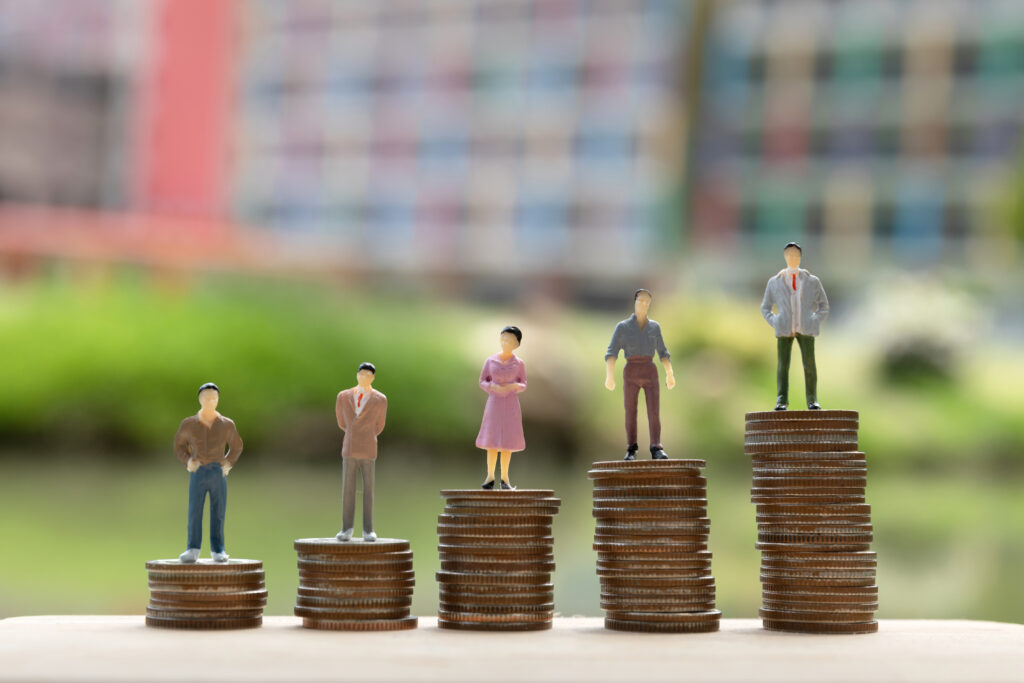
Introduction
India is the fifth largest economy in the world today. There are a lt of poor people in India and the income inequality is rising, not decreasing. This is a cause for concern because income inequality and the widening of gap between rich and poor affects people’s access to basic resources such as education, health etc.
Statistics
Here are some staggering facts about income inequality in India – 10% of the population owns about 77% of the national wealth. According to the Periodic Labour Force Survey of 2019-20, a monthly salary of a minimum of Rs 25,000 (Rs 300,000 yearly) is amongst the top 10% of the total wages earned. Hence, with a 3-lac annual income, one may be among the top 10% wage earners in India!
While the medical tourism sector in India has expanded, the healthcare sector is abysmal. India’s infant mortality rate is very high – about 17% of global maternal deaths and about 21% of deaths of infants below 5 years of age occur in India. Many ordinary Indians cannot afford quality healthcare costs. About 63 million people get pushed into poverty due to the high costs of healthcare services.
Unemployment and Inflation
There are several factors that cause and contribute to income inequality in India. India has a high unemployment rate. The rate of joblessness in India has risen to more than 8% with states like Rajasthan and Haryana having unemployment rates crossing 30%.
Even those who are employed do not earn adequate wages. Profits have risen considerably as a result of salaries that have not kept pace with inflation. Consequently, inequality has risen. Furthermore, whereas money income grows, real income falls with inflation. Hence, the poor have less purchasing power and a lower level of living.
Combined with higher taxes and the impact of covid-19 pandemic and lockdown, the income inequality has risen considerably with the rich getting richer and the poor getting poorer. Caste and gender further exacerbate the problem.
